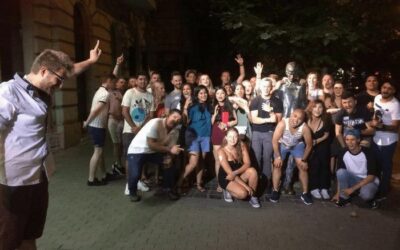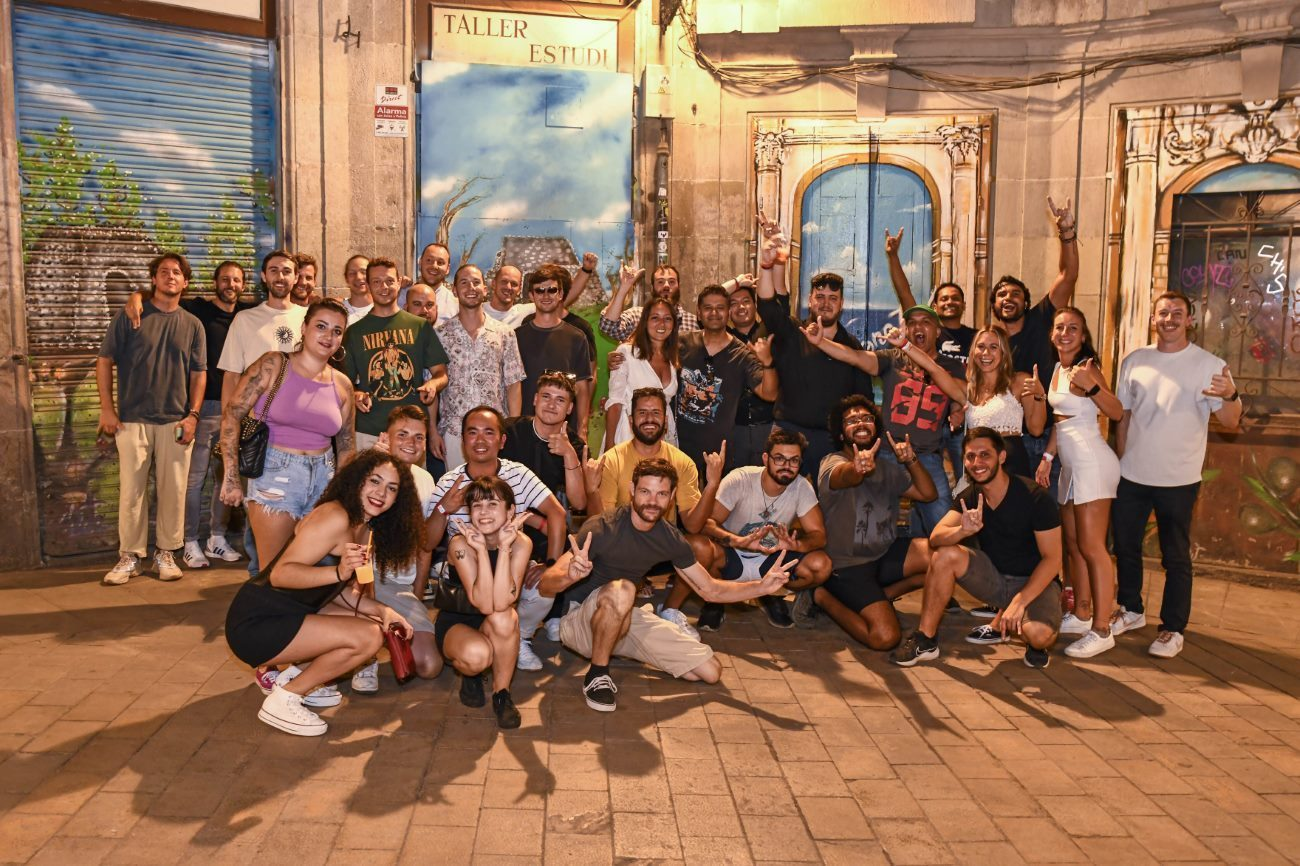It was the decade of political, social and cultural transformation in Berlin, Germany in 1920s. It was a time when the city was often synonymous with liberation and freedom for the LGBTQ+ people and especially the nightlife that offered. In this blog entry, we will scrutinize more about the gay club culture in the 1920s Berlin and how it worked. Let’s prepare ourselves to explore the theme of acceptance, diversity and art for creativity is going to take over soon.
Understanding the Context
For the precise sense of the gay club scene all the more in 1920s Berlin it is crucial to briefly analyze the social and political setting. Germany was only out of World War I and the Weimar Republic had been formed. It is during this period that witnessed changes in ideology to contain liberal Indian, freedom for both gender and sexual and the arts and culture.
The Rise of Gay Clubs
In this regard, gay clubs emerged in the city of Berlin. These clubs afforded the gays primary in expressing their sexuality without much hindrance by the cultures that were dominant at that time. They soon developed into social hotspots where people from different parts of the cities and visitors making their business or tourists around the world could socialize. There was also an understanding of gender and ethnic differences and the clubs accepted people from all the two groups.
Famous Gay Clubs from the 1920 and 1930s
New concepts for gay bars began to surface from the fag end of 20th century creative hub of gay clubs. Among them, the most notable one was the “Eldorado” which was situated in the regional center – the city that never sleeps. This place became known for its ostentatious shows, populated with lots of people, and celebrities. Another chief club was the “Maly-Palast,” which was famous for drag shows and cabaret performance violating gender roles.
The “Silhouette ” was yet another well-recognized gay club that provided the different clients with live music, dancing, socialization among other services. The atmosphere and artistic freedom that was allowed in the bars and clubs made it a popular place by artists and perverted intellectuals and homosexuals that wanted a place to be themselves. Other clubs of the similar manner were “Der Bunte Kakadu” and “Brettl.”
The Effects on the LGBTQ+ Population
Personals: The Gay Club of Weimar Berlin provided one of the earliest places where the struggle for the rights of homosexuals or gay liberation began. This new found sense of community empowered the and fostered the organization of the Lesbian, Gay, Bisexual, Transgender and Queer/Questioning people and the fight for the legalrepresentation. Nevertheless, it is necessary to emphasize that although club had progressed in this direction, discriminations and per sections continued outside the clubs.
Past and Cultural Association
Gay night life in 1920’s Berlin set a very strong landmark in the history of gay and lesbian movements, or actually in the history of homosexual emancipation movement. It was also the hope and liberation during what can be described as fairly dark period of history. These clubs acted as a springboard for creating the demands of the further movement of the LGBTQ+ community.
Key Takeaways
Lesbian, gay, bisexual, and transgender people found an environment free from persecution in the gay club substrate of 1920s Berlin.
The clubs were liberating, ethnically integrated and more importantly, the students were allowed to freely express themselves.
Popular venues of the time that were gay included Eldorado Maly-Palast, and Silhouette.
The gay club was very essential in pushing for the rights of the LGBT people.
However there still existed discrimination and persecution of those who did not belong to the mainstream society.
Further Exploration
If you’re interested in learning more about the fascinating gay club scene of 1920s Berlin, we recommend exploring books such as “Gay Berlin: The article “Germany: The Origin; Birthplace of a Modern Identity” written by Robert Beachy and the film “Before Stonewall” by Greta Schiller.
The 1920s in Berlin saw a cultural revolution that changed the city into a happy place for queer people to live as they desired. The gay clubs at that time signified and embodied freedom and gays got empowered – giving a touch to the history of the gay community. Thus, the presence of diversity and freedom of artistic presentation of the clubs significantly influenced the development of modern movements for the rights of the Lesbian/Tonecual/Gay/ Bisexual/Transgender/Queer (LGBTQ+) community.





